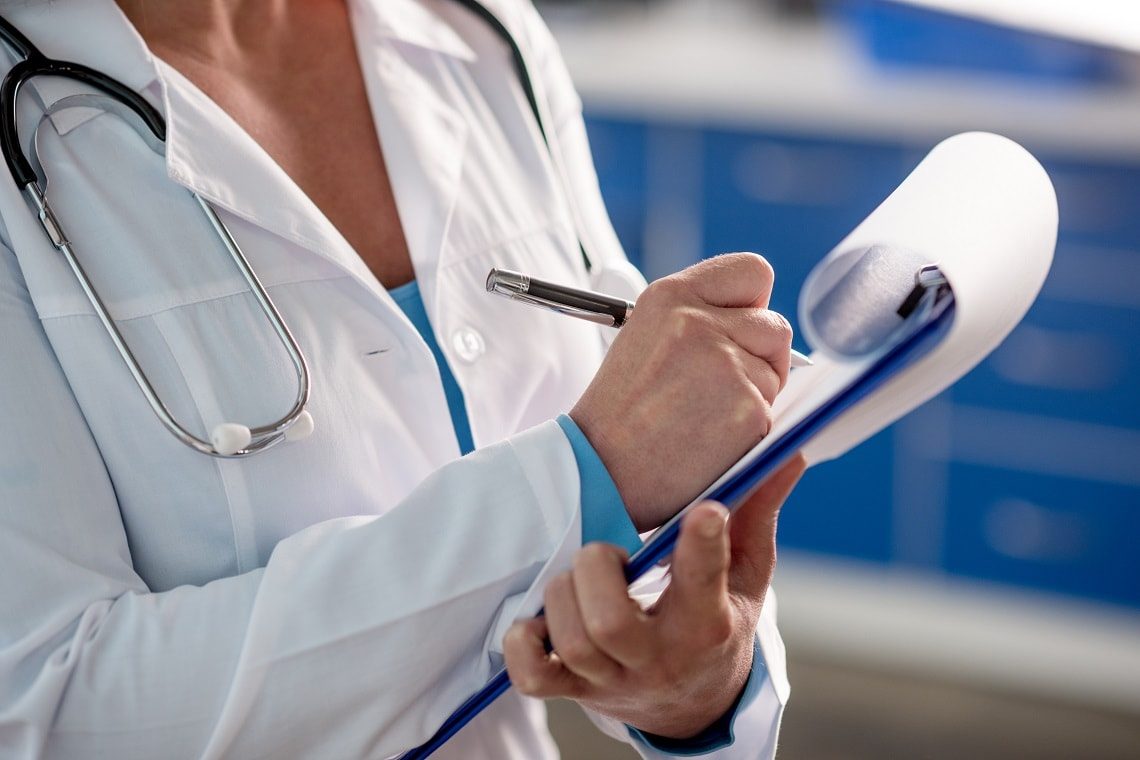Мodern methods of examination of gastrointestinal tract

Laboratory diagnosis of diseases of the gastrointestinal tract will help to identify pathology, to determine its stage and appoint necessary treatment. Read more about the research… the Timely detection of diseases of the stomach — can reduce the risk of development of pathologies such as ulcer, cancer, and others.
Statistics show that approximately 95% of the population in one way or another needs regular monitoring by a gastroenterologist. But we shouldn’t fear this. The current level of diagnosis of diseases of the stomach high. Many clinics have high-tech equipment that allows high accuracy to diagnose, and skilled gastroenterologists, who will explain what you need the examination of the stomach and how to start preparing for it.
To modern instrumental methods of examination of the stomach include:
Gastroscopy, or esophagogastroduodenoscopy (EGD) is the examination of the stomach using a special flexible tool, with fiber optic filament inside and a micro lens on the end of the device — endoscope. No other types of diagnostics of a stomach will not give so much information for diagnosis and choice of treatment. Only endoscopy provides a detailed view of the interior surface of the body to make a digital video of the process and carry out the necessary additional studies (biopsy and determination of acidity of gastric juice). Often endoscopy is assigned in conjunction with a colonoscopy or fibrocolonoscopies (FKS) — the same procedure, but intended for the inspection of the intestines.
Fluoroscopy of the stomach is a visualization on the screen of x-ray equipment used to examine the condition of the mucous membranes and diagnosis of irregularities in their functioning. Digital fluoroscopy is the most informative method of studying the body in real time and in movement.
Sonography, or ultrasound examination of the stomach — a method based on the ability of tissue to reflect sound waves with a frequency greater than 20 kHz. Such a study is prescribed rarely and mostly to children. Why? Ultrasound of the stomach (just the stomach) is uninformative procedure in comparison with, for example, gastroscopy. Ultrasound it is impossible to see the pathology as a whole, it is not possible to make a biopsy to track the nature of the changes. But in view of the fact that other types of hardware research to children can cause discomfort, start with ultrasound of the stomach — only to confirm suspicions gastroenterologist.

In addition to hardware studies of the gastrointestinal tract exists, and laboratory diagnostics of pathologies of the stomach. It is the study of biological fluids: gastric juice, blood, feces and urine. No instrumental they will not help to make an accurate diagnosis. But they should be under full examination of the stomach, otherwise it is impossible to determine the secretory activity of the bacterial composition of the intestine, the liver enzymes activity and other important indicators.